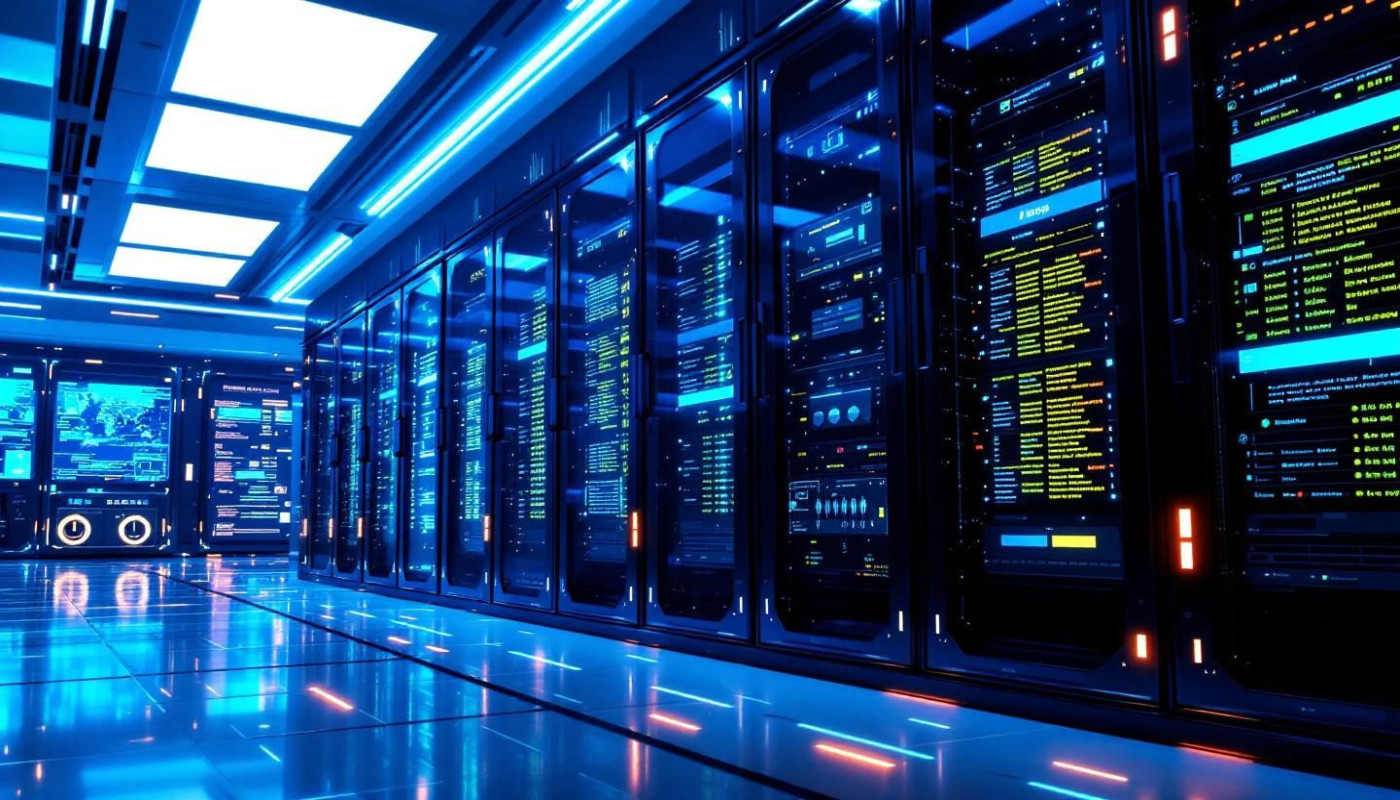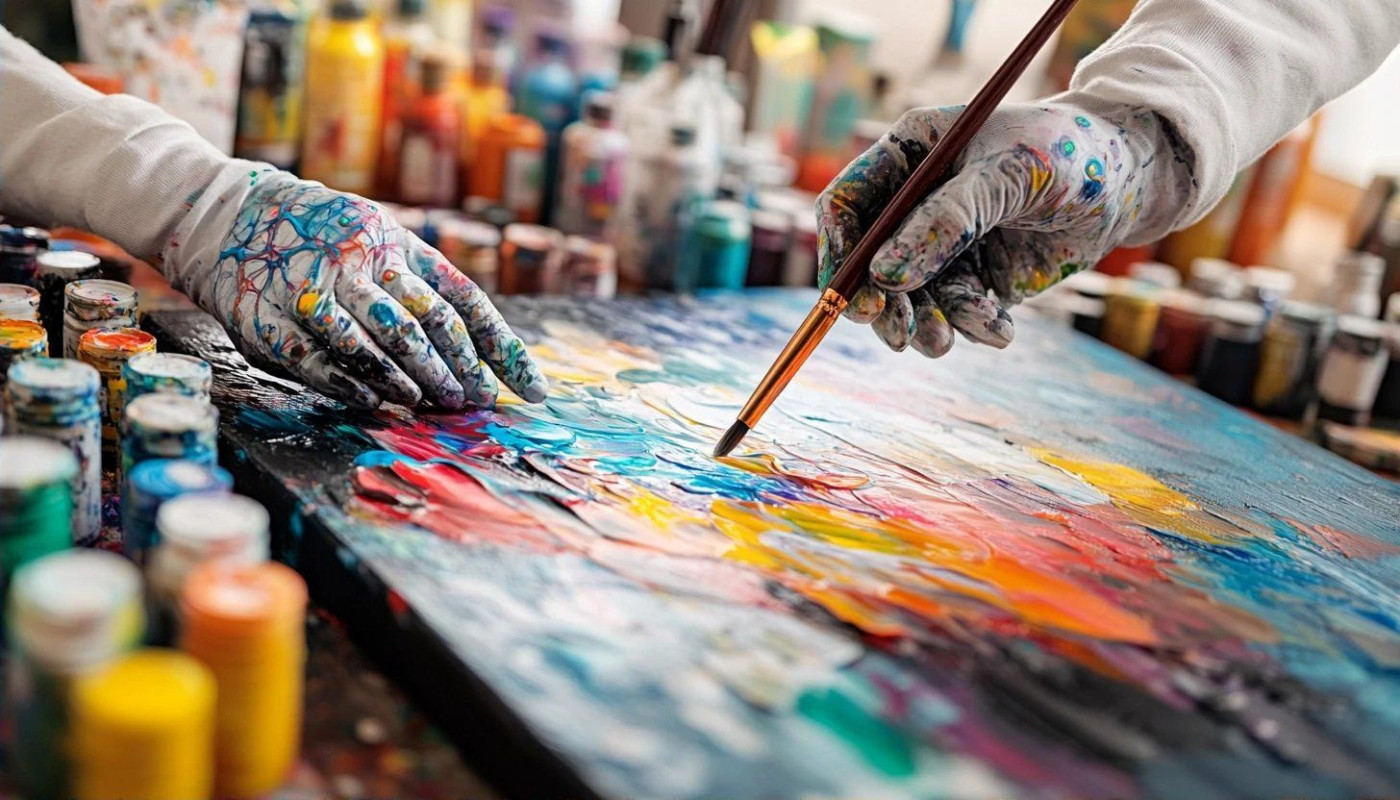Table of contents
The rise of artificial intelligence is revolutionizing the world of visual arts, opening doors to innovative forms of expression and challenging traditional notions of creativity. As algorithms become more sophisticated, artists and creators are finding new ways to collaborate with technology, resulting in artworks that blend human intuition and machine precision. Explore how this dynamic transformation is not only changing the creative process but also influencing the future of art itself.
Redefining Artistic Collaboration
AI is revolutionizing the creative process within visual arts by fostering a unique partnership between human artists and intelligent machines. Through the integration of generative algorithms and advanced neural networks, artists now engage in a dynamic form of human-machine collaboration that transcends traditional boundaries. AI-generated art leverages machine learning to analyze vast datasets of prior artworks, enabling the generation of original compositions, styles, and even entire visual languages. This synergy empowers artists to experiment with new textures, forms, and color palettes, often resulting in visual experiences that would be unattainable through conventional means.
Generative algorithms play a central role by learning intricate patterns from a diverse range of visual inputs. When artists interact with these systems, they can manipulate parameters to influence the creative output, blending their own intuition with the machine's computational creativity. This collaborative approach encourages a feedback loop, where both the human and the AI system evolve together, each learning from the other's suggestions and corrections. In turn, AI-generated art emerges as a hybrid form, reflecting the nuanced interplay of human vision and technological innovation within the visual arts.
The advancement of neural networks in the visual arts has enabled the realization of previously unimaginable works. Artists can now co-create with AI tools that suggest novel compositions or reinterpret classical techniques through machine learning. These systems are capable of mimicking and combining the styles of numerous artists, providing creators with unprecedented creative flexibility. Human-machine collaboration thus becomes a catalyst for expanding artistic horizons, allowing for rapid experimentation and the birth of entirely new genres within the visual arts.
As the creative process evolves with the involvement of AI, the artist's role transforms from sole creator to visionary collaborator. Mastery of AI-driven creativity requires deep understanding of technical aspects such as neural network architectures and the underlying logic of generative algorithms. Those with extensive expertise in these domains are best positioned to guide the future of AI-generated art, ensuring that human-machine collaboration continues to challenge and enrich the visual arts landscape.
New Frontiers In Art Creation
AI in art is rapidly expanding the boundaries of what is possible within visual expression, giving rise to innovative techniques and groundbreaking artistic styles. By harnessing the power of algorithmic art and data-driven design, creators are now able to generate intricate patterns and compositions that defy the limitations of traditional manual processes. AI-assisted design accelerates art creation, allowing artists to experiment with thousands of variations in real time, thus enhancing both the speed and complexity of their work. The adaptability of computational design means that artists can customize their digital creativity for unique audiences or contexts, enriching the creative process and making it more interactive and responsive.
In addition, AI in art enables the fusion of multiple creative disciplines, resulting in artworks that blend painting, photography, sculpture, and video in ways previously unattainable. The machine learning models behind these advancements analyze vast datasets to inspire genuinely novel visual languages and motifs, giving rise to never-before-seen styles. For those interested in understanding the basics of data-driven art and experimenting with their own projects, basics offers resources and tools designed for both beginners and professionals. This evolution not only democratizes access to creative tools but also paves the way for future breakthroughs in computational design and digital creativity.
Challenging Creativity And Authorship
The advent of artificial intelligence in visual arts has instigated profound debates regarding AI art ethics, particularly in terms of creative ownership and the legal recognition of digital originality. As machine learning algorithms contribute to the creation of images, installations, and multimedia experiences, the notion of authorship in art is increasingly complex. Traditional frameworks for intellectual property struggle to adapt, since authorship attribution now involves not just the human artist but also the technological collaborator. This evolution forces artists, collectors, and legal professionals to reconsider who holds the rights to visual copyright when the creative process is shared between human and machine.
Questions persist about whether AI-generated works possess the same originality as those crafted solely by humans, and how the intent behind an artwork is interpreted when a non-human agent is involved. The lines between inspiration, automation, and genuine creativity blur, prompting a reevaluation of what it means to be an artist in the digital age. Leading experts in digital art ethics emphasize the necessity for updated legal and philosophical frameworks to protect both innovation and the interests of creators. The field must continue to address these unresolved issues, ensuring that the evolution of technology complements, rather than compromises, the values at the core of artistic expression.
Expanding Artistic Accessibility
AI art tools are playing a transformative role in democratizing creativity by making accessible art possible for a broader audience. Through intuitive user interfaces and automated features, these platforms remove traditional barriers that once limited creative expression to those with extensive training. Creative empowerment now extends to individuals who may lack technical skills, as AI-driven systems guide users through complex processes such as image manipulation, style transfer, and generative design. Visual inclusivity benefits greatly from this shift, as the act of generating compelling works becomes less reliant on conventional artistic expertise, and more about personal vision and experimentation. As a result, creative democratization is realized in digital spaces, where inclusive arts initiatives can reach diverse communities, making artistic participation more representative and widespread. AI-powered platforms exemplify the potential for accessible art to flourish in ways previously unattainable, setting new standards in digital accessibility and broadening the creative horizons for enthusiasts and newcomers alike.
Envisioning The Future Of Visual Arts
Driven by rapid advances in AI, the future of art promises a dynamic transformation characterized by the emergence of new creative mediums, groundbreaking exhibition formats, and the seamless incorporation of immersive technologies. As mixed reality and augmented reality platforms become increasingly sophisticated, digital art evolution will see artists leveraging AI-powered tools to produce interactive works that transcend the physical limitations of traditional galleries. Virtual exhibitions are likely to become prevalent, allowing global audiences to experience art in uniquely personal and communal ways, regardless of geography. These immersive experiences, powered by algorithmic curation and real-time user interaction, will redefine audience engagement and introduce previously unimaginable forms of artistic expression.
AI trends in art indicate that the boundaries between artist and audience will blur, fostering collaboration and participation through generative algorithms and responsive digital environments. The long-term implications for the broader cultural landscape include not only expanding the reach of visual arts but also challenging conventional notions of authorship, originality, and value. As art institutions and creators adapt to the integration of mixed reality, the future of art will be shaped by ongoing advancements in deep learning and neural networks, ensuring that the digital art evolution remains at the forefront of cultural innovation. The most visionary thought leaders in visual arts innovation are called upon to guide this transition, shaping frameworks that embrace technological change while preserving artistic integrity.
Similar articles

Future Trends In Data Storage And Management Facilities

How quantum computing is reshaping encryption and cybersecurity

How To Choose The Right Digital Planner For Your Lifestyle Needs

